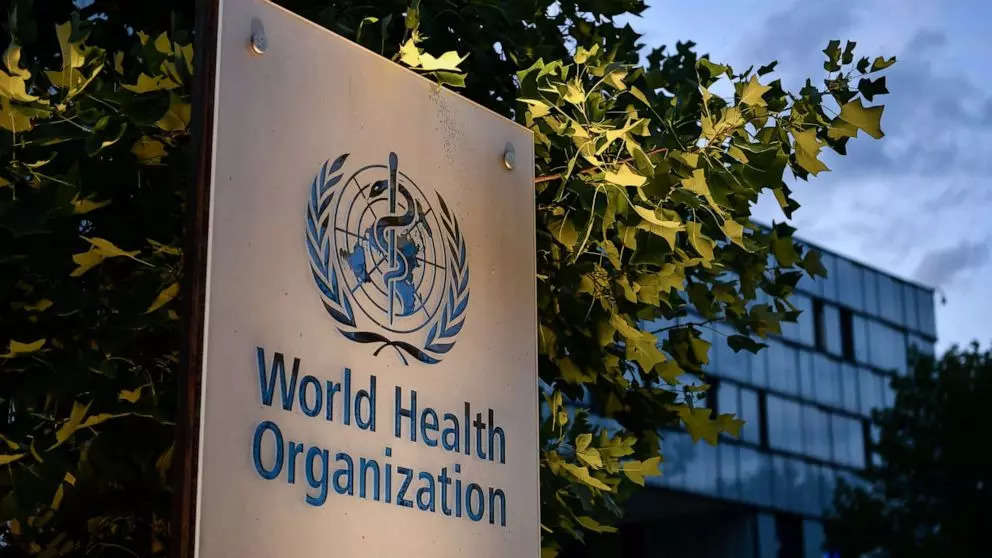
By Jennifer Rigby
London: Packaged food and drinks should have easy-to-read nutritional information on the front of the products to help consumers make healthier choices, according to the first-ever World Health Organization draft guidelines that stopped short of recommending harsher warning labels.
Increased consumption of processed foods high in salt, sugar and fat is a key driver of a global obesity crisis, with more than a billion people living with the condition and an estimated eight million early deaths every year due to associated health problems like diabetes and heart disease, WHO data shows.
Yet governments have struggled to introduce policies to curb the epidemic.
Currently, only 43 WHO member states have any kind of front-of-package labelling either mandatory or voluntary, the UN agency told Reuters, despite evidence showing labels can affect buying behaviour.
The WHO began work on the draft guidelines, which have not been previously reported, in 2019. They aim “to support consumers in making healthier food-related decisions,” Katrin Engelhardt, a scientist in the Nutrition and Food Safety department of the WHO, told Reuters by email.
A public consultation on the guidelines closed on Oct. 11 and the finalized version will be released in early 2025.
The WHO’s guidance recommends governments implement “interpretive” labels that include nutritional information and some explanation of what that means about the healthiness of a product.
An example would be NutriScore, developed in France and used in a number of European countries, which ranks food from A (green, containing essential nutrients) to E (red, containing high levels of added salts, sugars, fats or calories).
Chile and several other countries in Latin America use a tougher system, with warnings that a food is “high in sugar”, salt or fat on the front of the package, in a black octagon that resembles a stop sign.
Food labelling expert Lindsey Smith Taillie, co-director of the Global Food Research Program at the University of Chapel Hill, North Carolina, said the food industry has pushed back against warnings and favours “non-interpretive” labels, which include the nutrient information but no guide on how to understand what that means, such as those used in the United States. This week, U.S. Senator Bernie Sanders announced plans for a Senate hearing on tougher food labelling in December.
While the WHO recommendation goes a step further than the industry’s preference, it “is fairly weak,” Smith Taillie said.
“The most important thing for most countries globally is going to be to limit excess intake of added sugars, sodium, saturated fat and ultra-processed foods more generally – which is what warning labels do best.”
Research this summer by Smith Taillie showed Chile’s warning labels, alongside other policies like marketing restrictions to children, meant Chileans bought 37% less sugar, 22% less sodium, 16% less saturated fat and 23% fewer total calories compared to if the law had not been implemented.
The WHO said there was not enough evidence to determine the best label system.
The International Food and Beverage Alliance, whose members include The Coca Cola Company and Mondelez International Inc, said that its members already have minimum worldwide standards globally. They include listing nutrients on the back of packages, plus a front of pack detail on at least the energy content where practicable, in line with the international Codex Alimentarius system.
“This is something global companies can do, but it’s clearly not enough because if you take Nigeria or Pakistan … the market is dominated by local producers,” said Rocco Renaldi, the IFBA’s Secretary-General. He said the alliance’s members broadly support the WHO’s guidelines and nutrient-based labels.
“But the devil is in the detail – generally speaking, we don’t support approaches that demonise particular products,” he said. “We don’t think health-warning type labels belong on food products that are deemed safe, approved and on the market, and loved by consumers.” (Reporting by Jennifer Rigby, editing by Michele Gershberg and Kim Coghill)







